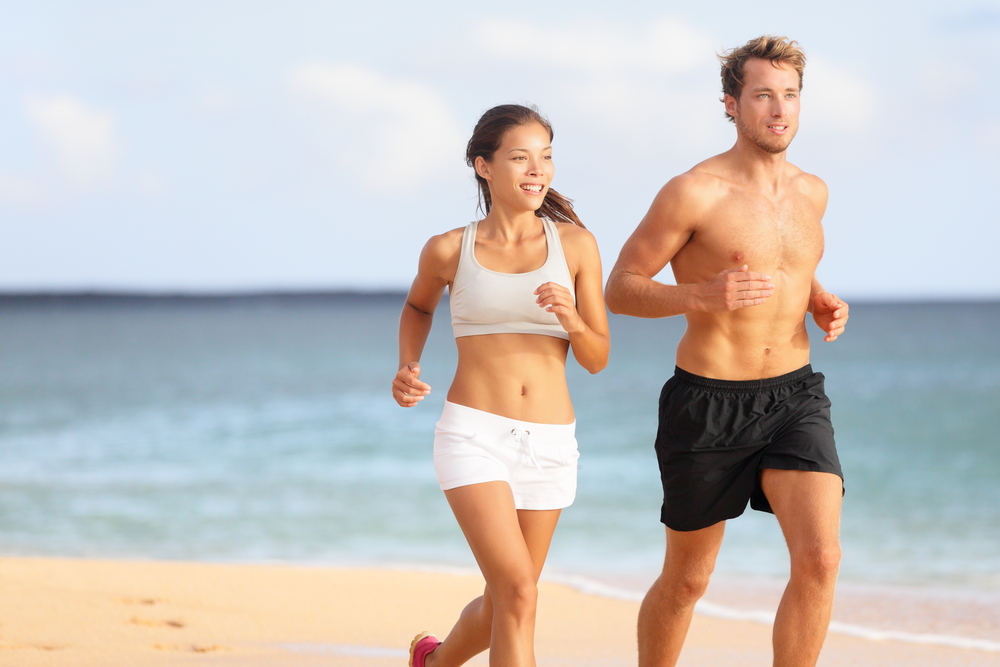Beach running – with the good comes the bad
 Not only does the beach offer a change in scenery, relaxation, and a potential source of motivation for training, it also offers a change in surface that is lower in impact and ground reaction forces. This change in surface can be beneficial for people with bony impact related injuries or for people who train frequently on a hard track and want to mix up their training load with a lighter impact session.
Not only does the beach offer a change in scenery, relaxation, and a potential source of motivation for training, it also offers a change in surface that is lower in impact and ground reaction forces. This change in surface can be beneficial for people with bony impact related injuries or for people who train frequently on a hard track and want to mix up their training load with a lighter impact session.
Other positives are that beach running requires more effort and more force from your lower limb muscles to run in the sand, hence can help build strength and endurance in certain lower limb muscles. Beach sprints can facilitate speed due to the power and extra strength required to sprint across the sand, which can then aid on flat ground running.
However despite all these benefits, one must be wary of the negative effects beach running may have on your body.
There is muscle and tendon overload on the small intrinsic muscles around the foot and the ankle due to the instability created from the sand. If you are not used to training on the sand, then you may overload these muscles causing new injuries or flare ups of old injuries. If you have had a previous injury such as plantar fasciopathy, achilles tendinopathy, peroneal tendinopathy, tibialis posterior tendinopathy, ankle sprains, or recurrent/recent calf strains, these injures may flare up if start training on a beach surface.
The uneven nature of the sand and / or the incline of the shoreline may also flare up or cause some knee issues, especially those relating to a tight ilioibial band (ITB) such as ITB friction syndrome or patellofemoral pain. Lower back niggles may also flare up if you may have an underlying back complaint combined with weak core muscles , that find this uneven load an aggravating factor.
